50W is quite a lot of power. If you are applying this for an extended period of time (as opposed to a pulse of < a few ms) you are going to need to carefully think about how you are going to cool them. This will probably involve some amount of either thermal modelling or trial-and-error with a thermal camera.
In terms of power handling, if you split the resistor into a series chain of resistors, then power dissipated splits between then proportional to resistance (\$P = I^2R\$, where \$I\$ is the same for all resistors as they are in series).
For example, you could go for two \$10\Omega\space25W\$ resistors to get nominally the same rating as your \$20\Omega\space50W\$ currently being used. Alternatively go for four \$5\Omega\space12.5W\$ resistors to split the dissipated power over a larger physical area.
Of course that is in an ideal world. In practice SMD resistors are usually physically smaller and so harder to keep cool. Their power ratings tend to be heavily proportional to temperature, so with worse cooling and higher operating temperature you end up needing resistors with higher power ratings to compensate.
For example, just from a quick cursory search on a well known distributors website, Bourns PWR263S-35-10R0F is a \$10\Omega\space35W\$ rated resistor, but by \$60^\circ C\$ it's rated power has dropped to barely above the required \$25W\$, so unless you can keep it cool enough, then the rating would be too low. Instead the WR263S-35-5R00F from the same series is \$5\Omega\space35W\$, which with four of them would allow you to operate up to \$100^\circ C\$ while still having a small rated power margin.
TL;DR; Using more resistors allows splitting the power over a larger area. If all resistors have the same value, then both the resistance and power rating for each is the overal required divided by the number of resistors.
But remember that the power rating is temperature dependent, so make sure you can keep them cool enough. In addition time is an important factor as many resistors have a pulse power rating allowing them to tolerate much higher than their nominal power for very short periods.
